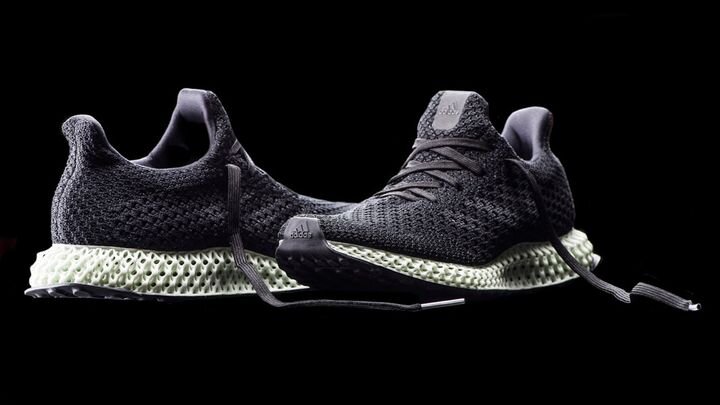![[Image: Boeing]](https://fabbaloo.com/wp-content/uploads/2020/05/Boeing1_img_5eb099094319d.png)
Charles Goulding and Preeti Sulibhavi of R&D Tax Savers discuss Boeing’s supply chain and the impact of 3D printing.
How Setbacks, Set Things Back
Components for the Boeing 737 Max Aircraft supply chain are currently backing up throughout the entire Boeing supply chain. The multi Tier 1, 2 and 3 Boeing suppliers have major challenges since it is difficult to forecast real demand with this type of a major slowdown. If a single tier supplier is manufacturing at the old Boeing production rate of 52 planes per month and that rate falls to 42 or less, then the other tier suppliers become economically squeezed. In a fair world, Boeing would help key suppliers ease the pain, but in business everyone has different views on where pain points fall on the spectrum.
Take Advantage of the Unexpected Slowdown
Since many Boeing suppliers have been at full capacity in recent years, this slowdown may enable the 3D printing industry to get the get attention of normally hard-to-get production management, and encourage them to review and try-out some new and compelling 3D printing technologies — including demos.
At reduced capacity levels, it is a lot easier to re-engineer production facilities and integrate new technologies into existing production lines. With this type of strategy, a tier’s suppliers can come back stronger, even once normal plane production levels recover. Boeing’s competitor, in this two-horse race, is Airbus. Airbus has over one thousand 3D printed parts functioning in its planes. 3D printing is particularly valuable for plane parts since new and complex geometries and structures are achievable, resulting in fewer, high-quality parts that weigh less. All of which are critical for plane manufacturers that strive for highly durable, lightweight components to achieve full economy.
During the recent peak demand period, many tier suppliers found that certain metal finishing and testing processes such as grinding, chroming and peening were creating bottlenecks and disproportionately long lead times. This introduction of new metal finishing processes, along with 3D printed parts, would make Boeing eligible for R &D tax credits at all levels of its supply chain.
Never Waste a Crisis…
…as the saying goes. The benefits and advantages of 3D printing are now being systematically tested and experimented with. Other industries and their supply chains are utilizing the unique ability of 3D printers to create complex structures in less time than would have been needed using traditional methods. The 3D printing industry and Boeing Tier suppliers may have a rare opportunity to benefit from this global business setback. But they need to recognize this opportunity for what it is, and act quickly. 3D printers might generate the parts to fix the missing links in the Boeing Tier suppliers’ chain. Let’s see if Boeing can take off successfully from this setback.
![[Image: Boeing]](https://fabbaloo.com/wp-content/uploads/2020/05/Boeing2_img_5eb09909ab575.png)
The Research & Development Tax Credit
Enacted in 1981, the now permanent Federal Research and Development (R&D) Tax Credit allows a credit that typically ranges from 4%-7% of eligible spending for new and improved products and processes. Qualified research must meet the following four criteria:
-
Must be technological in nature
-
Must be a component of the taxpayer’s business
-
Must represent R&D in the experimental sense and generally includes all such costs related to the development or improvement of a product or process
-
Must eliminate uncertainty through a process of experimentation that considers one or more alternatives
Eligible costs include U.S. employee wages, cost of supplies consumed in the R&D process, cost of pre-production testing, U.S. contract research expenses, and certain costs associated with developing a patent.
On December 18, 2015, President Obama signed the PATH Act, making the R&D Tax Credit permanent. Beginning in 2016, the R&D credit has been used to offset Alternative Minimum tax for companies with revenue below $50MM and, startup businesses can obtain up to $250,000 per year in payroll cash rebates.











